Danish names: Why it’s bad to be Brian
Danish names strongly indicate the owner’s age group. Peter, or its variant Peder, used to be the most popular boy’s name in Denmark. To Danish children, Winnie-the-Pooh is “Peter Plys,” and Curious George is “Peder Pedal.”
But in 11 years living in Denmark, I have met precisely two “Peter”s under age 50, and none in my small daughter’s generation.
The trend for boys in her class is “M” names – Magnus, Marius, Mathias, Markus, Mikkel, or Malvin. And with globalization and the Disney Channel, no one bothers to rename cartoon characters any more. There is no Magnus Mouse.
Guess who you’ll be meeting
Danish first names are extremely generational, and cracking the code means you can pretty much guess who will be across the table from you in a business meeting or blind date without knowing anything else about them.
If the man you are meeting is named Flemming, Preben, Henning, or Bent, he is at retirement age or near it.
His wife, sisters or the lady-next-door-he-is-running-away-with will be named Bente or Birthe. His buddies are Ole or Finn.
Nobody involved knows what TikTok is.
If the invitation says Mette, Pernille, Anja, Lene, or Tine, you will be meeting a lady in her 30s or 40s. Her partner – people in Denmark don’t get married much any more, even after several children – will probably be named Morten, Martin, Lars, Søren, Steen, Rasmus or Nicolai.
Nicolai/Nikolai/Nikolaj was a 1970s favorite, to the extent that the financial market commentators on Danish business TV seem to be one eternal Nicolai, with varying last names and neckties.
There was a brief trend in the 1960s to give boys Americanized names, such as Johnny, Tony, Kenneth, Alan, or Brian. These names are now a huge burden to the middle-aged men who bear them, since they are associated with working-class troublemakers.
Tough to be Brian
“Brian”, in particular, is sometimes used as a synonym for a loser, given its association with not-too-bright Danish boxer Brian Nielsen.
If you meet a successful Tommy or Jimmy, he is a man who has worked hard to overcome his background and the disadvantage of his (to the Danes) unfortunate first name.
In general, while Danes see themselves as very worldly people, they prefer Danish first names.
That said, in my daughter’s generation the internationally popular Sofia, Emma, and Emilie are gaining some traction alongside local favorites Freja, Mathilde, and Selma.
For small boys, there are those “M” names. And ‘Albert’ is a comeback hit – there is an Albert in every one of the primary classes at her school – as is Julius (pronounced Yule-i-us).While American parents generally choose their child’s name before the birth, Danes do not: children are not officially named until they are baptized when they are 4 to 5 months old. In the Danish Royal Family, names are kept secret until they are read out in the church during the baptism ceremony.
Danish last names can be tricky. In many countries, parents give their children two first names, plus the family last name – for example, Barack Hussein Obama. That is sometimes true in Denmark.
It’s also common to have one first name and two family last names, such as the former Danish prime minister, Lars Løkke Rasmussen. And because “Rasmussen” is such a common last name (the last three prime ministers in a row were Rasmussens), he is generally referred to as “Lars Løkke.”
Hansen, Jensen, Nielsen, Rasmussen
This presents a challenge for foreigners. When looking up a Dane in, say, an office directory, you might look under the last name. But because there are so many Hansens, Jensens, Nielsens, and Rasmussens, you can easily find yourself having to sort through dozens of people with the same last name, and quite possibly the same first name (see above.)
The most exasperating last name is Christiansen, which might also be Christensen, Christianson or Christienson, all of whom will be grumpy and insulted if you get their names wrong.
Some Danes get around the common-name situation by emphasizing the part of their name that is mostly likely to be unique – the first of their two family names, the Løkke in Løkke Rasmussen.
These names are prized family heirlooms, which only specific descendants are allowed to bear: one of my friends was given the right to use the family name by his grandmother on her deathbed.
They are also the sometimes the subject of lawsuits about which branch of the family has the right to the treasured name.
At any rate, here’s my tip for finding a Danish person in an online phone directory: search whatever part of the name is the least common.
Often times Danes will emphasize that part to make themselves easier to find and more difficult to confuse with someone else. But sometimes they don’t. Good luck.
[icon name=”facebook-square” class=”fa-3x”] [icon name=”twitter-square” class=”fa-3x”][icon name=”instagram” class=”fa-3x”]
Buy Kay’s books about Denmark on Amazon, Saxo, Google Books, Apple Books, Barnes & Noble Nook, or via our webshop.
Image mashup copyright Kay Xander Mellish [current_year]
Read more
Danish babies: Rolling royalty and tribal names
Secrets of a non-Danish mom

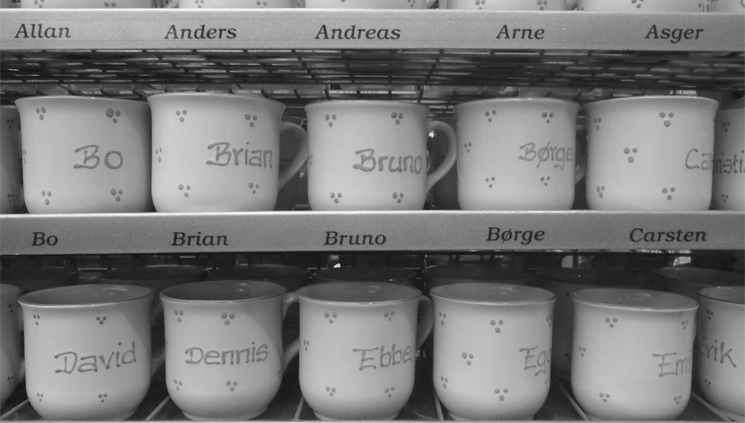
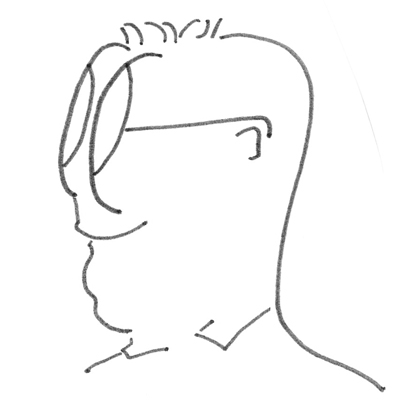

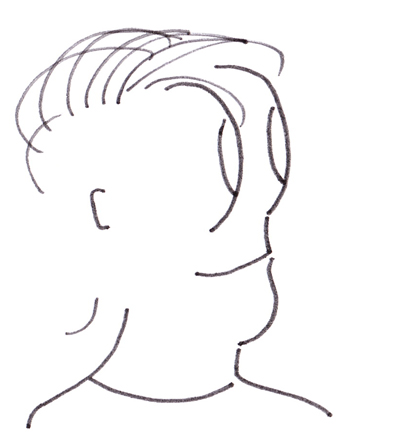
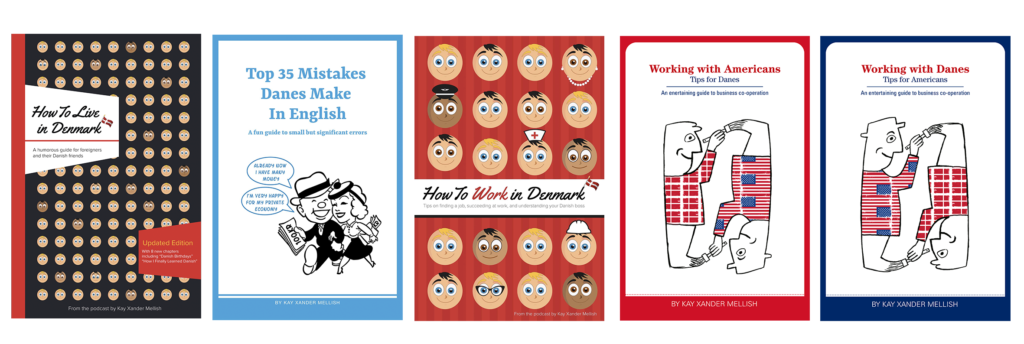
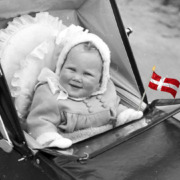
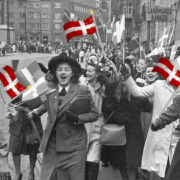
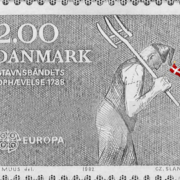


Hi. Kay. I read your view on why it is not good be a “Brian”. I am not the boxer, you mention,though I have exactly the same name as his – or is it the other way around. You have got it right, but one important thing about this is, that in the early 90thies there was a serie of satiristic radioprogrammes about this subject. It was quite fun, in this Brian was associated with a dumb guy threatening people around him in every second sentence with ” Brian-bank” – meaning “Brian-beating” This was long before internet, so those jokes spread like a virus among people. After those series, nobody baptised their boys Brian. You can see the influence on the book ” Danmarks statistik”,, – I usually present my self like this: ” My name is Brian, and it is not my fault” – which makes people laugh,, but in fact in I dont say this for being the funny guy. It is not fun to be a Brian. I enjoy your writing, keep it up 🙂
Thanks Brian! I did not know about the ‘Brian-bank”, so I learned something today! :=) Will see if I can find some clips of the show on YouTube.
Did a little googling after I read the comments, and found this.
http://www.avisen.dk/brian-er-naesten-doed_102799.aspx
Wow, that is funny! 0 boys named Brian in 2006…
My grandfather whom I never met, emiigrated here in 1873. His name on documents was variously Hansen, Johansen and Hanssen. In those days official’s just put down what it sounded like. His wife who preceded him in death also had the names–Tissean, Tissen et. al. but we have decided it was Thissen. There is no “h” sound so it probably sounded like Tissen. I’m going to try to track down our Danish roots which will be “fun” as the only information we have is that they were from Copenhagen. Hey, there probablly weren’t very many “Hansens” back then!
Vic in California
Yes, times are indeed tough for us Brians here in vikingland. Try being named Brian and speaking Danish with an accent – that is what you call a double handicap!
I still cringe every time someone says my name the Danish way: “Brie On”, which makes me feel a bit like an hors d’oeuvre or a french omelet. On the other hand, I always kind of liked the name “Billy Bob”, which is roughly the English equivalent of “Brie On” in most Dane’s minds.